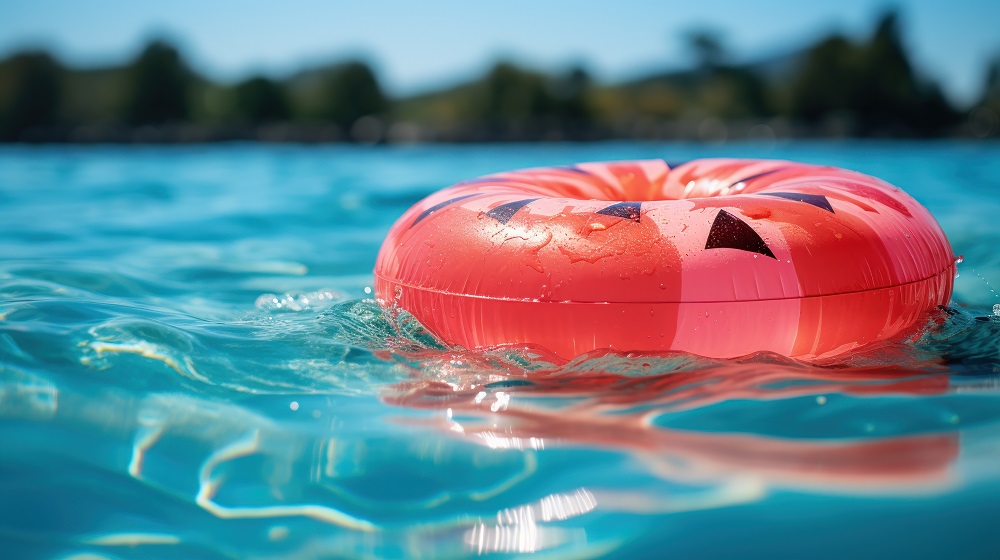The Importance of Pool Safety: Drowning Prevention Tips for All Ages

Swimming is a favorite pastime for many, offering fun, exercise, and relief from the heat. However, pools can also pose serious risks if proper safety measures aren't followed. Drowning is a leading cause of accidental death, particularly for young children, but it's preventable. By understanding and implementing essential safety strategies, we can ensure that everyone stays safe in and around the pool.
Supervision is Key
One of the most effective ways to prevent drowning is constant supervision. Children should never be left unattended near water, even for a moment. Designate a responsible adult to watch the pool area, avoiding distractions like reading, using a phone, or engaging in lengthy conversations. This person should be attentive, keeping an eye on swimmers at all times. It's also helpful to use a "water watcher" card that can be passed to another adult if supervision needs to be transferred.
Install Barriers
Physical barriers such as Pool Safety Fences are an effective way to prevent unsupervised access to pools. Fences should surround the pool on all sides, be at least four feet high, and have self-closing, self-latching gates. Pool covers and alarms can provide additional layers of security. Ensure that the pool area is secure when not in use to prevent accidental falls.
Learn to Swim
Swimming lessons are crucial for both children and adults. Knowing how to swim can significantly reduce the risk of drowning. Enroll children in age-appropriate swim classes taught by certified instructors. Adults who cannot swim should also take lessons. While learning to swim doesn't make someone drown-proof, it provides essential skills that can be lifesaving in an emergency.
Teach Water Safety Rules
Educating everyone about water safety rules is essential. Ensure that children understand the dangers of running near the pool, diving into shallow water, and playing rough. Establish and enforce rules such as no swimming without an adult present, no diving in shallow areas, and no pushing or dunking others. Consistent reinforcement of these rules helps create a safer swimming environment.
Learn CPR
Cardiopulmonary resuscitation (CPR) can save lives in emergencies. Adults, especially those responsible for supervising children, should be trained in CPR. Knowing how to perform CPR can mean the difference between life and death while waiting for emergency services to arrive. Many organizations, such as the Red Cross, offer CPR certification courses that provide practical, hands-on training.
Use Life Jackets and Floatation Devices
For young children and inexperienced swimmers, life jackets and approved flotation devices are crucial. Ensure that life jackets are Coast Guard-approved and fit properly. While these devices can enhance safety, they should not replace supervision. Pool toys and inflatable devices are not substitutes for life jackets and should not be relied upon for safety.
Maintain Pool Equipment
Regular maintenance of pool equipment ensures that everything functions correctly and safely. Check that drains, pipes, and other pool features meet safety standards to prevent entrapment. Pool chemicals should be stored securely, and the water should be tested regularly to ensure it's clean and safe for swimming.
Be Prepared for Emergencies
Despite taking all precautions, accidents can still happen. Being prepared for emergencies can significantly improve outcomes. Keep a phone close to the pool area to call emergency services if needed. Ensure that rescue equipment, such as life rings and reaching poles, is easily accessible. Familiarize yourself with the emergency action plan for your pool area.
Pool safety requires vigilance, education, and preparedness. By following these drowning prevention strategies, we can create a safer environment for everyone to enjoy the water. Whether you're a parent, caregiver, or pool owner, your role in promoting and practicing pool safety is vital. Remember, with the right precautions, a day at the pool can be both fun and safe for all ages.